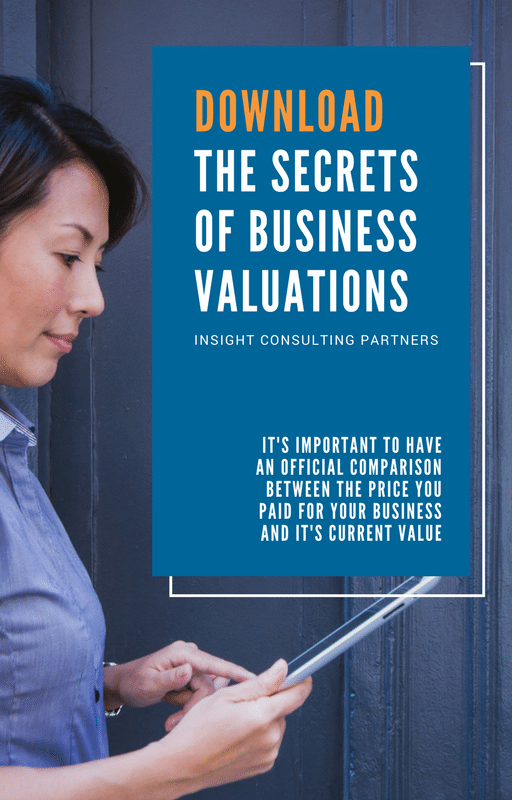In the ever-evolving landscape of business, tangible assets – buildings, machinery, inventory – have long held the spotlight in valuation processes. But the winds are shifting. Intangible assets, the unseen forces that drive performance and innovation, are increasingly recognized as the crown jewels of a company’s worth. Yet, capturing their true value remains an elusive game, shrouded in the limitations of traditional accounting practices.
Here’s why this shift is happening, and how we can bridge the gap to unlock the true potential of intangible assets in business valuation:
Beyond the Balance Sheet: The Rise of the Intangible Assets
Gone are the days where physical assets dominated the economic landscape. Today, knowledge, intellectual property, brand recognition, and customer loyalty play a far more significant role in driving a company’s success. Just consider the tech giants – their value doesn’t lie in brick-and-mortar offices, but in their innovative algorithms, sophisticated software, and powerful brands. In fact, studies suggest that intangibles now account for over 80% of a company’s market value, highlighting their undeniable importance.
The Accounting Conundrum: Why Traditional Methods Fall Short
However, current accounting standards, governed by GAAP and focused on historical financial data, struggle to capture the essence of intangible assets. These “invisible” resources often go unrecorded on balance sheets, leaving a significant chunk of a company’s value hidden from plain sight. This information gap creates numerous challenges:
- Misleading Valuations: Solely relying on tangible assets leads to inaccurate valuations, potentially undervaluing companies with substantial intangible strengths. This can have detrimental consequences for mergers, acquisitions, and investment decisions.
- Limited Insight: Ignoring intangibles paints an incomplete picture of a company’s health and future potential. Investors and stakeholders miss out on crucial information about innovation, brand power, and market competitiveness.
- Inefficient Resource Allocation: Without proper valuation, companies may underinvest in intangible assets, hindering their ability to innovate, attract talent, and build lasting customer relationships.
Bridging the Gap: Unveiling the Value of Intangibles
Fortunately, the accounting and valuation landscape is evolving. Here are some key approaches to bridge the gap and unlock the hidden value of intangibles:
- Market-Based Approaches: These methods analyze similar companies’ transactions to estimate the value of intangibles based on market sentiment.
- Income-Based Approaches: These methods project future earnings attributable to intangibles and discount them to present value.
- Cost-Based Approaches: These methods estimate the cost of creating or replacing the intangible asset.
- Hybrid Approaches: A combination of the above methods can provide a more comprehensive picture, especially for unique or complex assets.
Beyond Traditional Metrics: Embracing a Holistic View
While these established methods are valuable tools, they shouldn’t be the sole focus. Integrating non-GAAP metrics, such as customer satisfaction rates, brand awareness surveys, and social media engagement, provides valuable insights into the effectiveness and future potential of intangibles. By combining financial data with these broader indicators, we gain a more nuanced understanding of a company’s true worth.
Unlocking the Future: Embracing the Intangibles Revolution
Embracing the true value of intangible assets is not just about accurate valuations; it’s about shifting our mindset. By recognizing the crucial role they play in success, we can make informed investment decisions, allocate resources strategically, and ultimately unlock the full potential of businesses in the modern economy. This journey involves collaboration between accountants, valuators, business leaders, and policymakers to develop comprehensive frameworks and embrace new metrics. As we navigate this evolution, remember: the true value of a company lies not just in its tangible assets, but in the invisible forces that shape its future – the intangibles that are the true crown jewels of the business world.
Read our other blog post: Top 10 Strategies to Boost Business Value
Learn more about intangible assets from the Australian Accounting Standards Board: Intangible Assets

